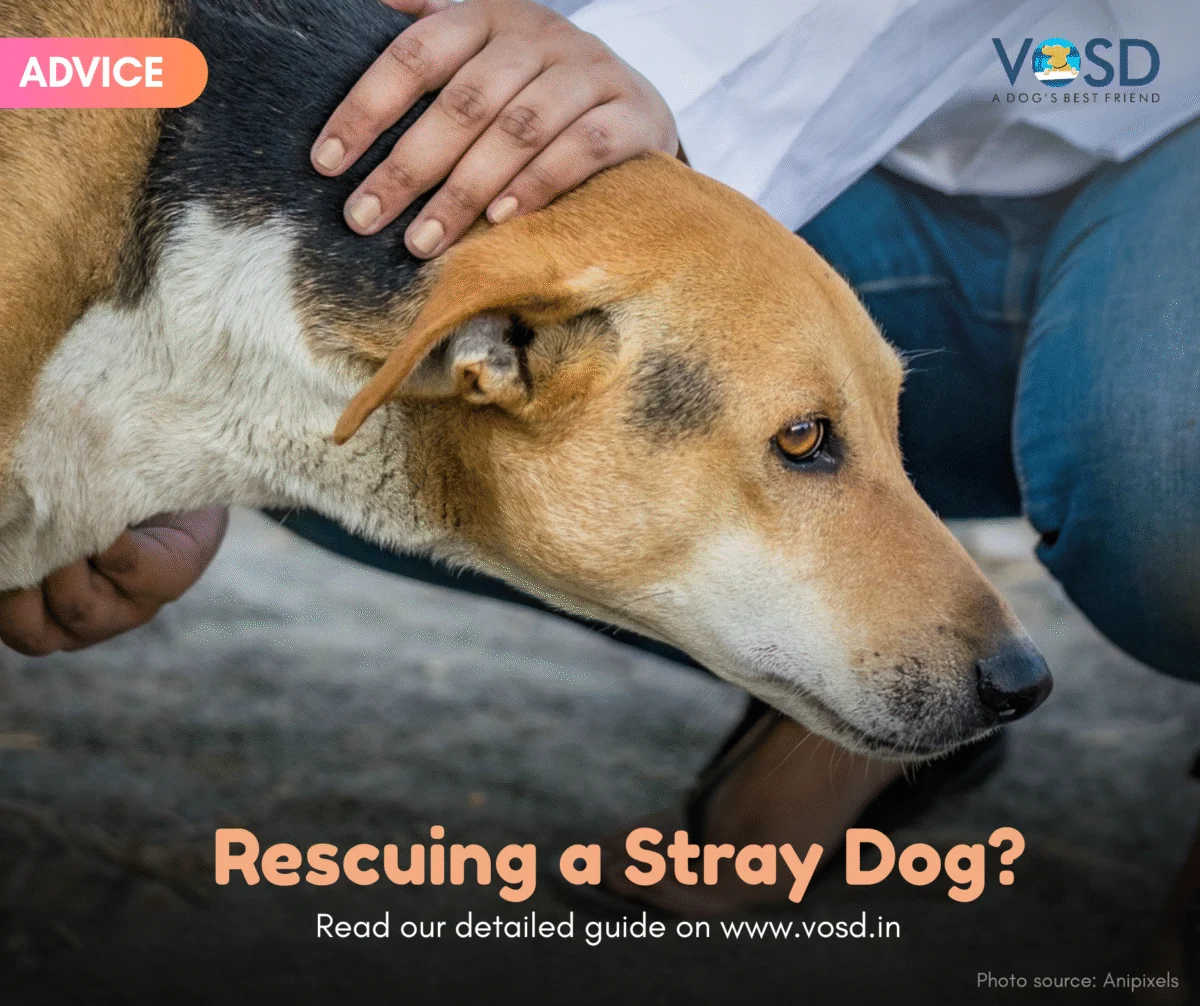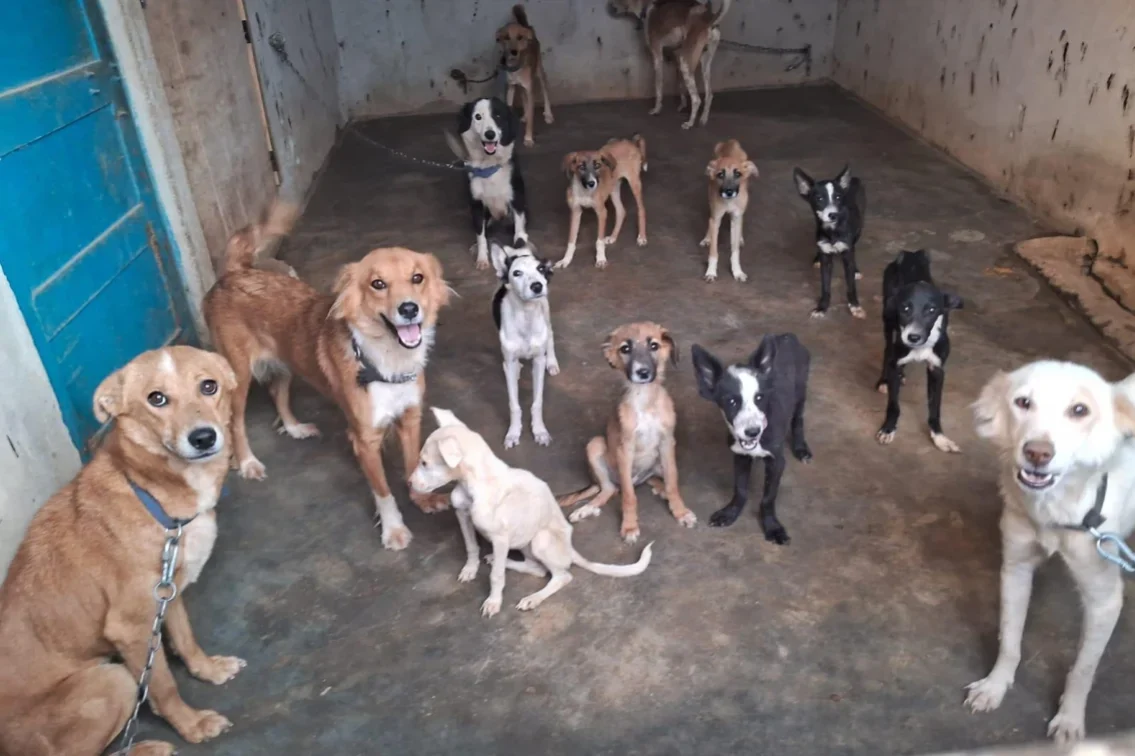If you see a dog helpless and alone, and you want to help, what can you do? We’ve provided some answers below.
Imagine this: you’re driving your car when you see a dog on the side of the road. With a sinking feeling, you realize he’s alone. What should you do? How do you help? This is and should be difficult to witness. It’s not easy to step out of your car and help a vulnerable animal because it’s easier to find a reason to not. What if your saw your own pet on the road?

What you should do
Safety first
You cannot help an animal if you become injured too. Practice road safety as you park your car. Next, consider the safety of the animal. A strange, frightened and possibly sick or injured animal can behave unpredictably. A sudden move on your part, even opening your car door, can spook him and cause him to bolt—possibly right onto the highway leading to a worse accident. If the animal looks or acts threatening, or, if for any reason, you feel uneasy about the situation, stay in your car. If possible, restrain the animal. Create a barrier or use a carrier, leash, piece of cloth or length of rope to keep the animal from leaving the area. Signal approaching vehicles to slow down if you cannot confine the animal, or divert traffic around him if he appears to be injured and is still on the roadway.
Use caution
Use caution when approaching the animal. Should you succeed in getting close enough to capture him, you stand a good chance of being scratched or bitten. When approaching the animal, speak calmly to reassure him. Make sure he can see you at all times as you approach, and perhaps entice him to come to you by offering a strong-smelling food. Try to lure an animal into your car with food, close the door, and wait for help. Only do this if you are certain someone will come to get the animal very soon. In most cases it is not a good idea to attempt to drive somewhere with a strange dog unrestrained in your car; he may become frantic or aggressive once you’re in the car with him. Cats may do the same, as well as to lodge themselves under the car seat, making extraction dangerous.
Report the dog
Do so whether or not the animal is injured, and whether or not he is wearing an identification tag. Call the local animal care and control agency and report the situation. Leave your phone number with the dispatcher and try to get an estimate of how long it may take someone to respond. If possible, stay on the scene to keep an eye on the dog or cat until help arrives. Make sure you report to authorities precisely where the animal is by using road names, mile markers or landmarks.

Transport the dog
Take him to safety if you can transport the animal. Take him to the nearest animal shelter. If you plan to keep the animal in the event no owner is found, notify Animal Control that you have the animal or that you have taken him to a veterinary hospital for treatment. You can usually place a free “Found” ad in your local newspaper. Keep a copy of the ID to prove your good intentions should you be questioned.
Be prepared for a rescue
If you know in your heart that you’re a rescuer, why not equip yourself to do the best possible job? Here are some things to have in your car at all times:
- Phone numbers of local animal control, a shelter, and a 24-hour emergency veterinary clinic
- Cardboard box
- Collars and strong leashes for dogs
- Heavy blankets
- Water bowls and a water bottle
- Strong-smelling foods, such as canned tuna or dried liver
- Animal first-aid kit.
Check the laws
To check on any relevant laws in your state, county or town, contact your local animal control agency, humane society or SPCA. Many times the animal you find along the highway will turn out to be un-owned, unwanted and unclaimed. Even so, the person finding the stray dog or cat does not automatically become the owner or keeper until he has satisfied certain state and/or local requirements. In almost every state, the animal is not “owned” by the finder until the holding period for strays (as specified by state or local laws) has expired and the finder has made an attempt to reunite the animal with his original owner and/or has taken steps—obtaining vaccinations, license, collar and identification tag—to prove he is now the owner.

Accidents happen
Good Samaritans who have never lost a cherished companion animal may conclude that the owner of the found dog or cat callously abandoned him or, at the very least, neglected to keep him safely confined at home. But accidents can happen to anyone. The frantic owner could be looking everywhere for their beloved pet.
Be willing to take financial responsibility
Be willing to assume financial responsibility for the animal before treatment begins. Understand the limitations of animal care and control agencies. Once you have taken the initiative, time, and trouble to rescue a dog or cat along the highway, you might find that the rest of the pet care community might not be as helpful as you expect. For instance, you can take a badly injured stray dog to animal control and find out that the agency is unable to provide expensive treatment. In those cases, shelters euthanise the animals to relieve them from their suffering. Virtually all animal control facilities have severe budgetary or spatial limitations and must make painful decisions about how best to allocate their inadequate resources. Anyone who is committed to trying to save injured stray animals should discuss these issues in advance with the veterinarian.
Think of what you would want the finder of your animal to do if he happened to find him injured without his collar. You’d want him to take your pet to a veterinarian, and you’d want him to try to find you.
Other things to consider
One important thing to keep in mind is that it is illegal to relocate a stray dog. So contact the necessary authorities if you are planning to leave the jurisdiction.
Be reasonable about how much you can afford to do for that animal if no owner shows up. Are you willing to add him to your household? And will you be willing to return him to his original home if the owner turns up after you’ve started to form an attachment?





